7 Things To Do Now to Be Prepared for Disaster
The idea of emergency preparedness is good. But having an idea is not good enough. Every person—every family—needs a plan in the event of a disaster that could disrupt the ordinary course of life. But where to start? That’s where most of us get stuck for lack of useful, specific direction. The following quick tips will do the trick to get you unstuck and on your way to disaster-ready.
1. Water Storage
You don’t have to live in hurricane country tem or near a busy freight train rail systo get prepared. Disasters can hit anywhere. This means water could be in short supply. Make sure you have ample bottled drinking water in your home for immediate needs.
An Easy Way to Get Started
Experts tell us that, at a bare minimum, we need to have in storage three days worth of emergency bottled water per person.
A case of 24 (16.7 oz) bottles of water = 3 gallons
Purchase one case of bottled water for each person in the household. There you have it. Three gallons per person will get you through three days of the kind of disaster that affects the water supply and or safety.
Better: A case of 40 (16.7 oz) bottles of water = 5 gallons
For longer outages, consider you will need additional/water for flushing toilets and showers. One way to do this is with 30 to 45-gallon garbage cans with those larger heavy-duty contractor plastic trash bags, available at home improvement stores. Line the cans with bags, then fill the garbage cans with water and apply their tight-fitting lids.
Most people forget that three weeks without electricity means three weeks of no water if their water utility provider has not attached a generator to pump water to houses.
2. Point Person
Identify a friend or relative who lives in another state to be the “disaster point person” for your family. Then keep that person’s phone number and contact information with you at all times. Add this contact to every person’s phone. Instruct all of your family members (and let the point person know, too!) to call this person to check in with their location and conditions if you become separated when disaster hits.
Added protection: Decide on a code word each person knows. Make this your family’s verbal passcode. This way you can ask anyone “what’s the code?” to make sure you are not speaking with an imposter or other type of evil attempting to scam you to your lovedone.
3. Important Papers
One of the most critical tips for emergency preparedness is to think ahead. So scan your family’s important documents—birth certificates, passports, Social Security cards, insurance policies, property deeds, car titles, immunization records, pet medical records, school transcripts, business licenses, education degrees, and tax returns.
Next, burn (copy) those files onto two DVDs or thumb drives. Keep one in a safe place and have a trusted friend or relative in a different state (your point person) keep the other.
4. Emergency Cash
You need to have some of your Contingency Fund (emergency fund) in small denominations of cash―$1,000 is reasonable, but any amount is better than having none. Store it in a safe place outside your bank—like a fireproof home safe or another similarly protected receptacle known only to you and one other person.
In the event of a disaster that cripples utilities and services, banks will be closed. ATM machines will be down because they run on electricity. You will definitely want to have cash on hand.
5. Build a Go Bag
Every household needs a Go Bag. This collection of items you may need to be disaster-ready if an event forces you and your family to become self-sufficient when all services are cut off.
Because you may need to evacuate with little notice, your Go Bag must be packed in an easy-to-carry container like a suitcase on wheels. Additionally, have each family member keep a backpack containing enough basic supplies for 72 hours, packed and ready to go.
Another (see above) good solar power bank that you keep charged with cables and adapters for your smartphone(s) is essential. Keep this in your Go Bag. The last thing you want to think about is finding these essential items at a moment’s notice.
Make sure your Go Bag includes an excellent first-aid kit that is well-stocked with your emergency supplies. If you take prescription medications, talk with your doctor about acquiring an extra amount for your Go Bag, which you regularly rotate so that your emergency supply of meds is not expired.
6. Full Tank
Keep your cars’ fuel tanks more full than empty. Make that a new habit. If you are required to evacuate, you won’t be the only one. Your entire community will be in the same situation.
If your vehicle’s fuel tank is regularly “almost empty,” you’ll be stuck in a very long line—assuming any filling stations are still in operation.
For true emergency preparedness, make a new rule that your car’s fuel indicator never falls below 1/2 full. It’s just as easy to keep the top half of that tank full as the bottom half.
7. Trunk Kit
Store a sweatsuit, sneakers, and old socks in the car’s trunk next to the spare tire. If there’s a flat tire, throw the sweats over your good clothes. If the car breaks down, the sneakers will feel better walking to the nearest service station. Being disaster-ready means you can change that tire without worrying about getting dirty.
Additionally, make sure you are always carrying specific emergency items in your car, including but not necessarily limited to:
- first aid kit
- blanket
- another good solar power bank that you keep charged with cables and adapters for your phone(s).
- unscented pillar candle and lighter (a lit candle can keep a car’s interior warm enough to survive, just make sure you keep a window or door open slightly while the candle is lit).
- energy bars
- bottles of water
- gloves
More
Check out Ready.gov for more information and terrific resources.
Resources
Not a very good Scrabble approach, but an excellent philosophy for life!
Expanded, Updated , Republished: 3-13-23
More from Everyday Cheapskate
Please keep your comments positive, encouraging, helpful, brief,
and on-topic in keeping with EC Commenting Guidelines
Last update on 2024-04-26 / Affiliate links / Images from Amazon Product Advertising API

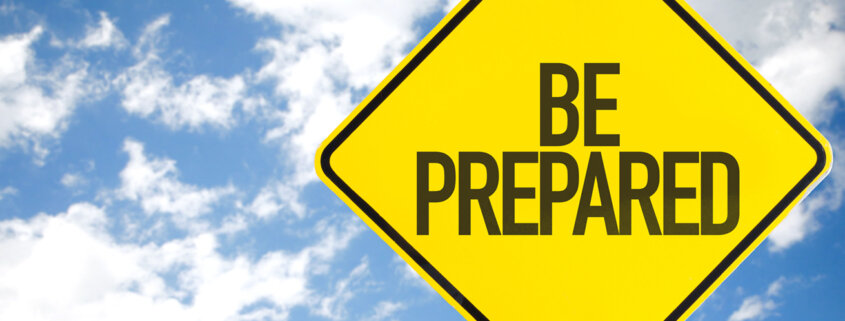

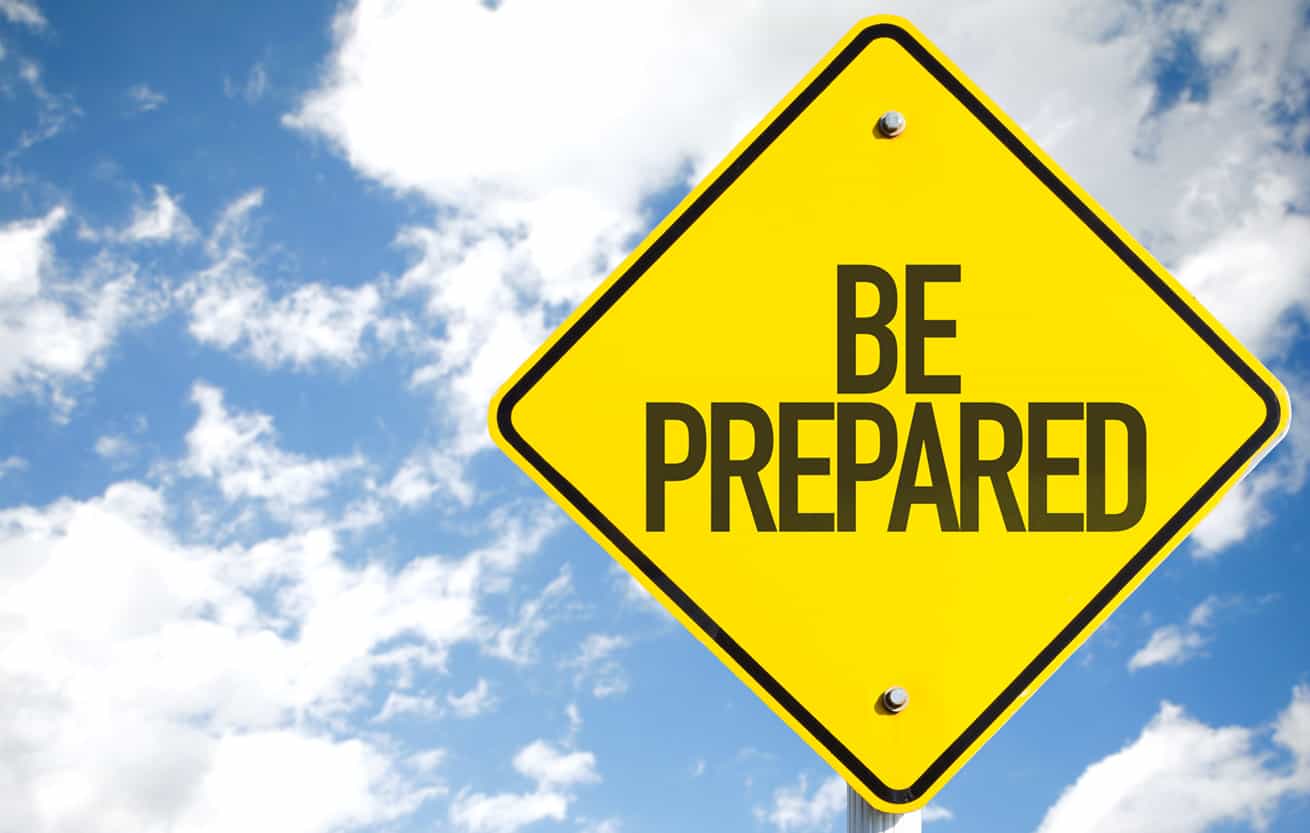
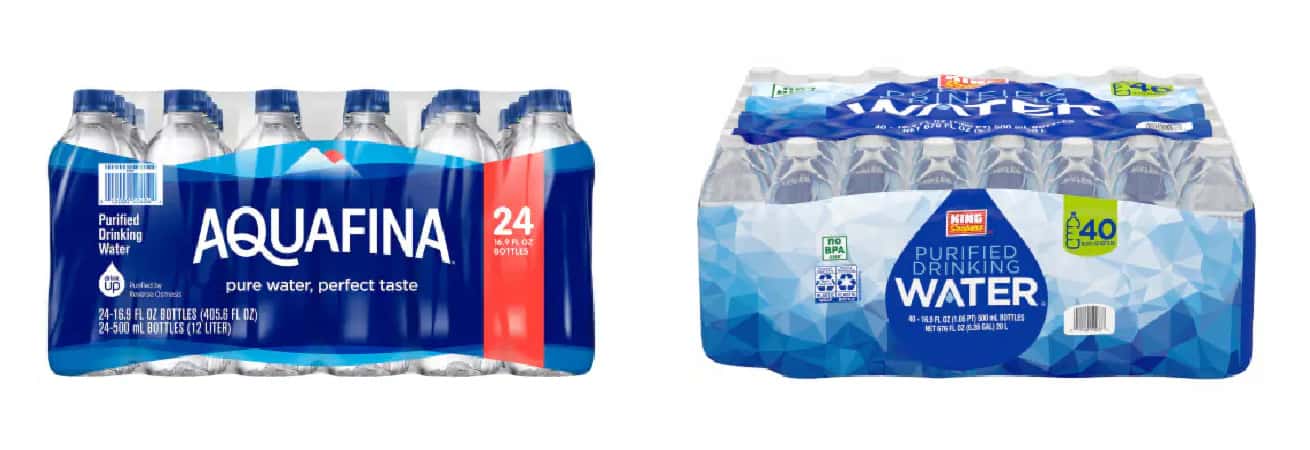
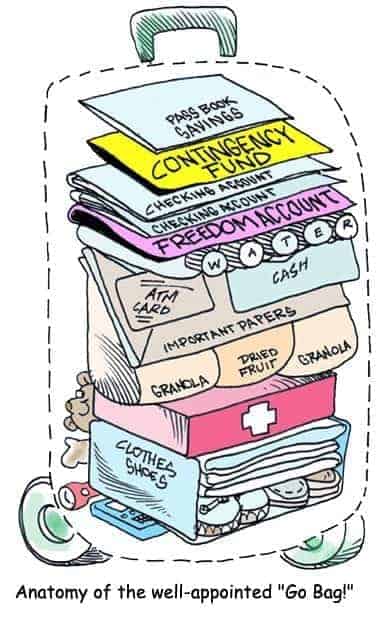




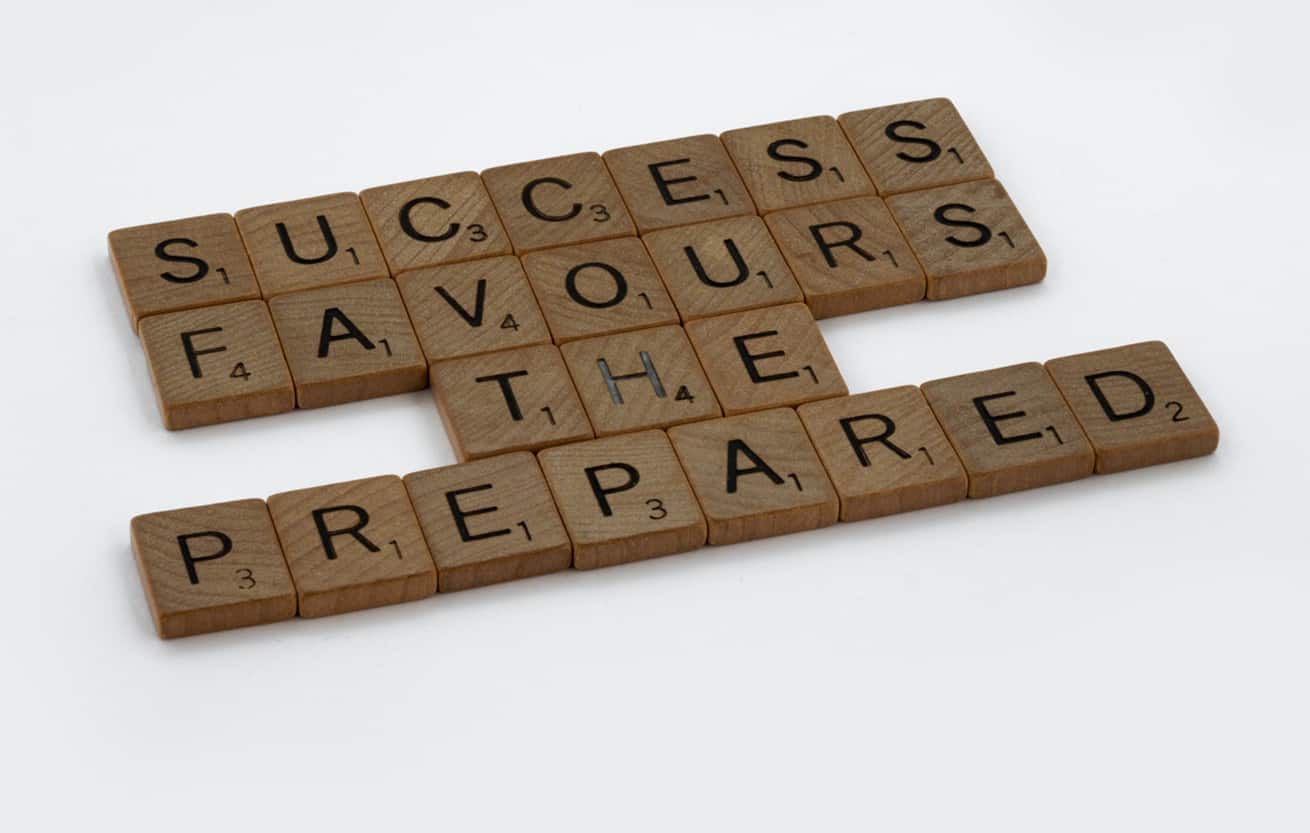




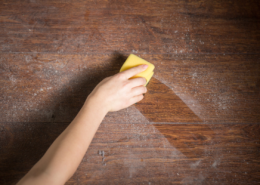







All great points here. As those who’ve lived through earthquakes, hurricanes, tornadoes and the pandemic know, being prepared should become a part of daily life. And it doesn’t need to cost a lot of money. I’m a retired US Coast Guard Rescue Swimmer and being prepared: Always Ready is our motto. Over the years I’ve taught my household and other relations and friends, even those seniors in my life to add an extra can or two of whatever they normally buy to their cupboards for emergencies. Cans of fish, meats, vegetables, fruit, whatever you normally eat can go a long way toward having something to eat when a disaster hits your area and the power is out. For those in apartments, there is always a bit of space in the back of your clothes closet, under the bed, under the sink for a few cans of extra food. Be creative. I’ve shown elderly friends and family members in studio apartments space they can make for water and food cans. It doesn’t have to be a big space either. One spry lady of 81 we know keeps a shoe box with flashlight, batteries, a candle, lighter, matches, and a few cans of tuna and corn under her sofa bed next to a case of water. There was just enough space. Look for the space or combine things. One elderly man we know who also lives in a studio apt. took a couple of cases of water and a case of sardines and stacked them on top of each other, covered it with a towel and put it next to his bed as a night stand. Whatever works for you, do it. the time to get prepared is now. And don’t forget about prepping for your pets, too. Stay safe. Semper Paratus!
I would add personal items like a toothbrush and toothpaste as well as deodorant to your go bag. Possibly even sample size hair products and a small comb or hairbrush.
I’m retired(because I can’t work anymore) and I’m living at poverty level. I can’t afford to buy all the things recommended here. I have my papers but that’s it. Now what?
Acquire one item at a time as you are able. Everyone has some discretionary income. It’s a matter of setting priorities then a willingness to sacrifice in one are to have the funds to appropriate in another.
totally agree………..
Good luck finding a car, now, with a spare tire! We will have to order a car to get it with the spare and compartment to stow it, and then it’s only good for 50 miles because isn’t isn’t a full size tire.
For apartment dwellers, gallon water jugs work well for toilets, we reuse distilled water jugs because we have lots of them although not all have screw tops . There are a lot of canned foods that can be eaten without heating and don’t need water added, but you’ll need a manual can opener, which Mary has mentioned several times.
Get yourself a tire/wheel part for a spare. I have a car mechanic that watches over me really well. Because I commute 30 miles (most of it in a rural isolated area), he got me a real, full sized tire for a spare. He went to a junkyard and got a hub that fits my car. Since I was replacing my tires anyway, he used the best one that was being replaced, but which still would be good for many miles, on that wheel. He put it in the trunk; it took up more space than the “donut” spare tire that came with the car. But, unlike the “donut”, it could be driven quite a few miles at regular speed until I found help.
With the craziness going on in the world, this is so timely and helpful. One thing I’d suggest is to wrap a solar charger and a phone or tablet in several layers of aluminum foil before you put them in your bugout bag. If there is an EMP or solar flare that knocks out the electricity, then anything with computer/electronic parts could be disabled. I’ve read that several layers of aluminum foil will protect an electronic device from the EMP and give a person a way to communicate. Most of us wouldn’t be able to “bug out” in that situation though because modern cars have computers and electronics. It is something worth learning more about.
Wow Mary! I’ve been trying to be prepared and thought I was doing a lot better than I evidently am. Thank you thank you thank you! I’m on it.
Love the saving water in trash cans idea